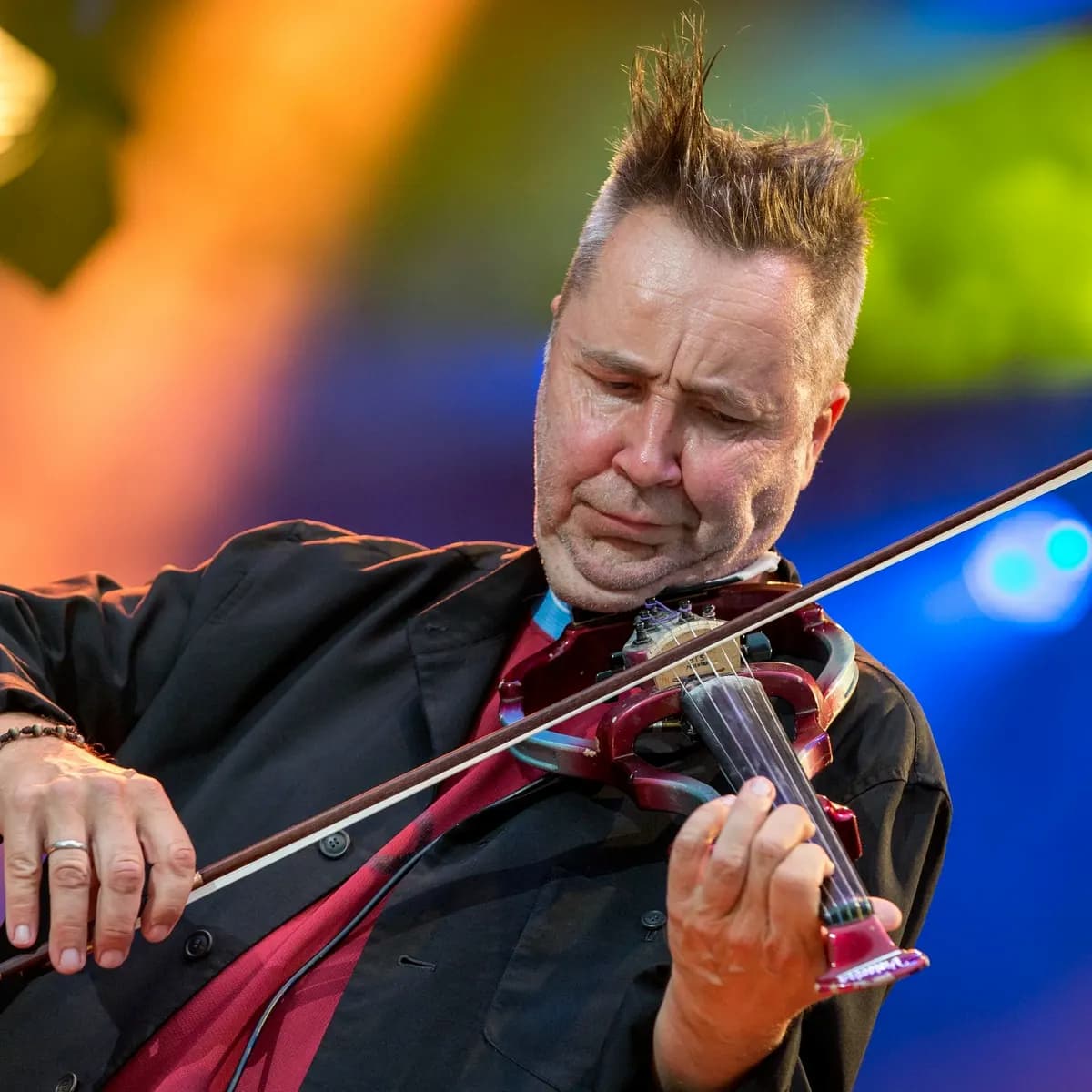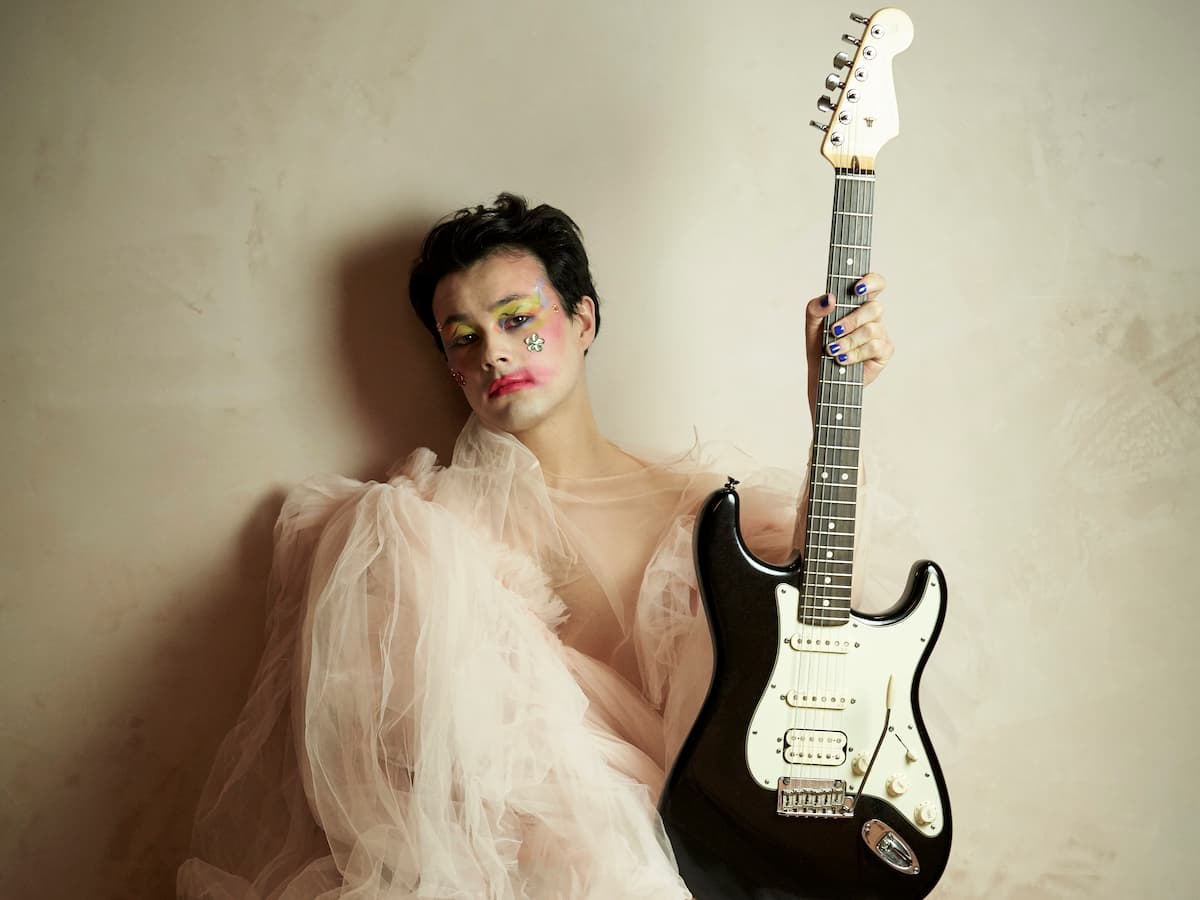In a recent article for InterludeHK, British pianist Peter Donohoe said “it’s all about smiling and being sexy for the camera, and if you get the right photographer anyone can do it. It’s not enough to make a music career out of. And the music isn’t enough for the marketing people.”

Lang Lang
His comment highlights the remarkable shift that has taken place in the world of classical piano, and classical music in general, in recent years, where image appears to have gained prominence over talent. As the music industry evolves and social media platforms dominate communication, the focus on visual appeal and marketability has intensified. This phenomenon has significant implications for aspiring classical musicians.
Perhaps the first and most important contributing factor is the advent of digital media and social networking platforms. Platforms such as YouTube, Instagram, and TikTok have revolutionized how musicians connect with audiences and, more importantly, how they are marketed. In this digital age, captivating visuals play a crucial role in engaging viewers and gaining popularity. Eye-catching, often highly gestural performances, elaborate stage presence, and visually appealing settings and attire often garner more attention than pure musical prowess. As a result, performers are motivated to emphasize their image to stand out in an increasingly crowded field.

Pavel Kolesnikov & Anne Teresa De Keersmaeker
Some parts of the traditional classical music industry have also attempted, not always successfully, to adopt aspects of pop culture and mass entertainment to appeal to broader audiences. Classical pianists who embrace a unique visual identity or persona aim to capture the interest of more diverse listeners, particularly younger people (the seemingly never-ending mission in classical music today!).

Nigel Kennedy
This may include experimenting with innovative stage designs, costumes, and choreography to accompany performances. While this fusion can be creatively enriching and inform the performance, it may also overshadow the pure essence of musical talent and can be a distraction from the music itself. In fact, the violinist Nigel Kennedy was trying to break out of the straitjacket of ‘traditional classical performance’ when he first came to attention back in the 1980s. With his punky, spiked-up hair, Aston Villa football shirts, energetic stage presence – and a regional accent – Kennedy created a memorable, distinctive image in a world where bow ties, dinner jackets, and received pronunciation still prevailed in the concert setting.
More recently, performers have tried to connect with younger audiences by wearing ultra-casual clothes, and making informal, spoken introductions to their programmes or hosting Q&A sessions with audiences.
Antonio Vivaldi: The Four Seasons: Violin Concerto in E Major, Op. 8, No. 1, RV 269, “La primavera” (Spring) – I. Allegro (Nigel Kennedy, violin; Charles Tunnell, cello; Hegedus, cello; Ivor Bolton, harpsichord; John Constable, harpsichord; Robin Jeffrey, lute; David Miller, lute; English Chamber Orchestra)

James Rhodes
The influence of marketing and promotion, especially online promotion, is now huge and cannot be ignored. As the music industry becomes more competitive and saturated with talent, musicians feel compelled to differentiate themselves in order to stand out; their musical talent is not enough.
Record labels, agents, and concert promoters are increasingly focused on creating an enticing narrative around an artist to generate interest and attract audiences. This necessitates the cultivation of a distinctive image that extends beyond the music itself. Musicians who possess a strong visual presence and a compelling personal story are more likely to receive opportunities for performances, endorsements, and, importantly, media coverage.
Manuel de Falla: Le Tombeau de Claude Debussy: No. 9. Homenaje (version for guitar) (Sean Shibe, guitar)
J.S. Bach: Overture (Suite) No. 2 in B Minor, BWV 1067: VII. Badinerie (arr. K. Buniatishvili for piano 4 hands) (Khatia Buniatishvili, piano; Gvantsa Buniatishvili, piano)

Sean Shibe
While image-driven success has its advantages, it can also have negative consequences. The emphasis on image can be seen as “style over substance” and may devalue the importance of technical skill, musicianship, and artistry. Mastery of the instrument, deep understanding of musical composition, and years of practice may be overshadowed by more visually appealing but less musically adept performers.
This oversimplification risks alienating audiences who appreciate the profound beauty and emotional depth that classical music offers. Those musicians who can strike a balance between exceptional musicianship and visual allure may enjoy greater recognition and appeal to a wider audience.

Khatia Buniatishvili
The world of classical music has undoubtedly witnessed a shift towards valuing image over talent. The digital age, the influence of pop culture, and the proliferation of talent competitions have all contributed to this trend. While image-driven success may offer short-term benefits, it poses a risk to the integrity and richness of classical music. To strike a balance between image and talent, musicians, audiences, and industry professionals must continue to appreciate and promote the true essence of classical music: the timeless beauty of skillful musicianship and profound musical expression. Only by preserving these values can classical music truly transcend the ephemeral allure of image and remain a source of inspiration for generations to come.
For more of the best in classical music, sign up for our E-Newsletter





Peter Donohoe is spot on in his comments. I personally, am only interested in the music, not a young woman with a skirt up to her midriff, a man turning a classical performance into a circus act, or someone looking as if they have been dressed by the local charity shop. I can do without the pained expression on performer’s faces, too (usually in a slow movement). Dress comfortably and let the music do the talking.
Here’s a link to my review of a CDD featuring the late Italian pianist Arturo Benedetti Michelangeli, in which I comment on the very subject that you address: http://allabouttheartscoms.com/2023/08/17/arturo-benedetti-michelangeli/
Playing all works for piano and orchestra of Rachmaninov in one go is a tacky concept, more akin to sport than music.